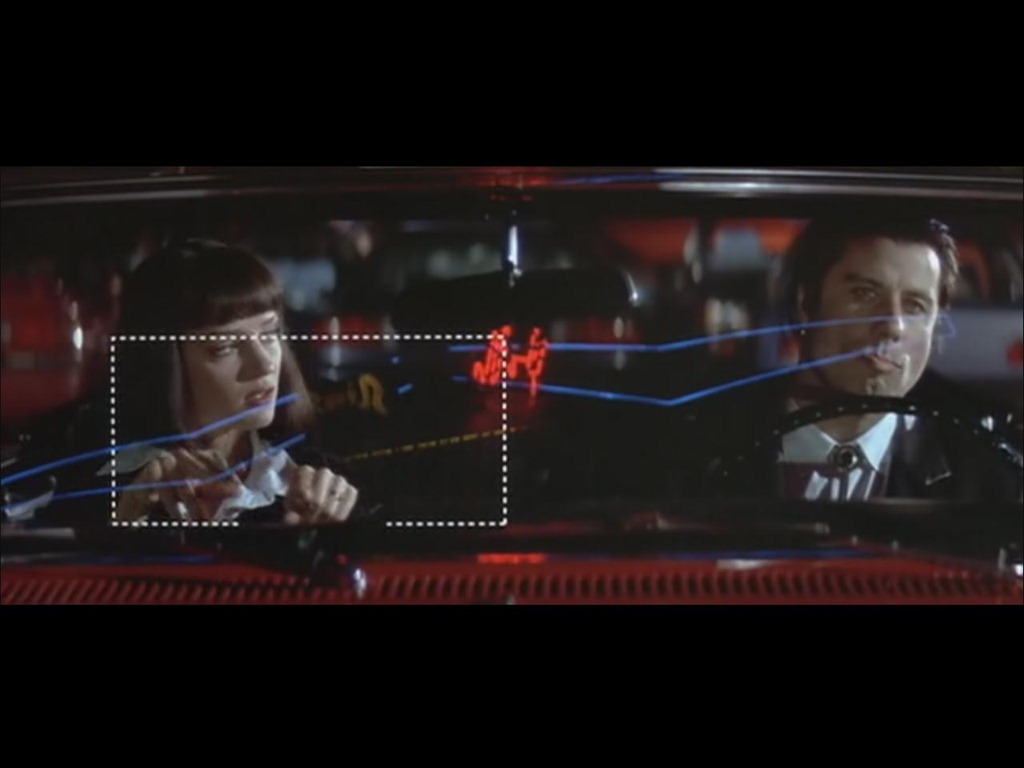The film which follows the lives of two mob hit men, a boxer, a gangster's wife, and a pair of diner bandits intertwine in four tales of violence and redemption.
The use of intertextuality in 'Pulp Fiction' is used highly, and I believe that this shows Tarantino's knowledge of film and how he adds it into his work. Even the character Mia Wallace, played by Uma Thurman is an example of intertextuality, her hair is styled after Louise Brooks who stars in Pandora's Box in 1929 (originally titled 'Die Buchse der Pandora')


Other examples of intertextuality include the scene where Butch (played by Bruce Willis) is choosing what weapon to kill Marcellus (Ving Rhames) with, at first he goes to a hammer, which links to 'The Toolbox Murders' 1978, directed by Dennis Donnelly and written by Neva Friedenn. Secondly he goes to a baseball bat, links to 'Walking Tall' 1973, directed by Phil Karlson. And thirdly he goes for a chainsaw, which links to 'The Texas Chainsaw Massacre' 1974, directed by Tobe Hooper. This clearly shows Tarantino's keen knowledge for film.


The use of confusion over space and time, by which means, when we follow the lives of different people there is no given time period for certain characters, so to follow the story of each character the scenes go back and forth between them.
The use of the audience not knowing what time period it is, also reminds the audience that it is not real life, which happens chronologically, it stops the audience from thinking that this is a reality. The narrative is also non-linear which means that it also, jumps from one period of time to another, making it somewhat playful, another example of a felling of playfulness is when Mia (Uma Thurman) is drawing a a square on a screen, which reminds the audience that it is a film you are watching. All of these are showing you that it is post-modern, other films would not use such techniques.
Another example of a post-modern technique is the random killings which feature in the film, and the bizarre ways those killings come around, for example when in the car Vincent (John Travolta) and Jules (Samuel L. Jackson) have a man in the back seat, when Vincent starts a conversation with him, he accidentally shoots his head off and blood splatters everywhere in the car, showing the random way in which he was killed and the almost funny way in which it came about.


No comments:
Post a Comment